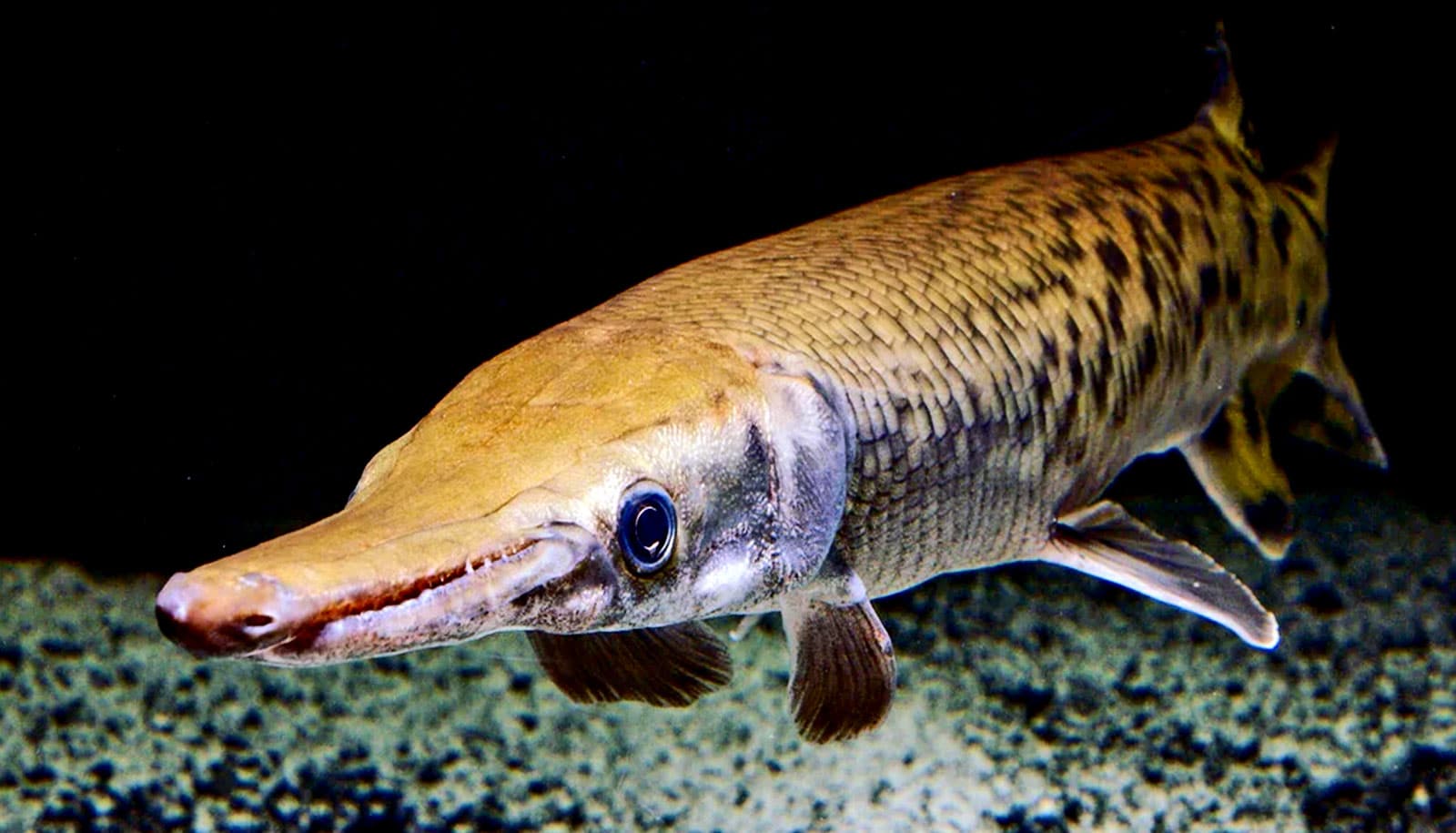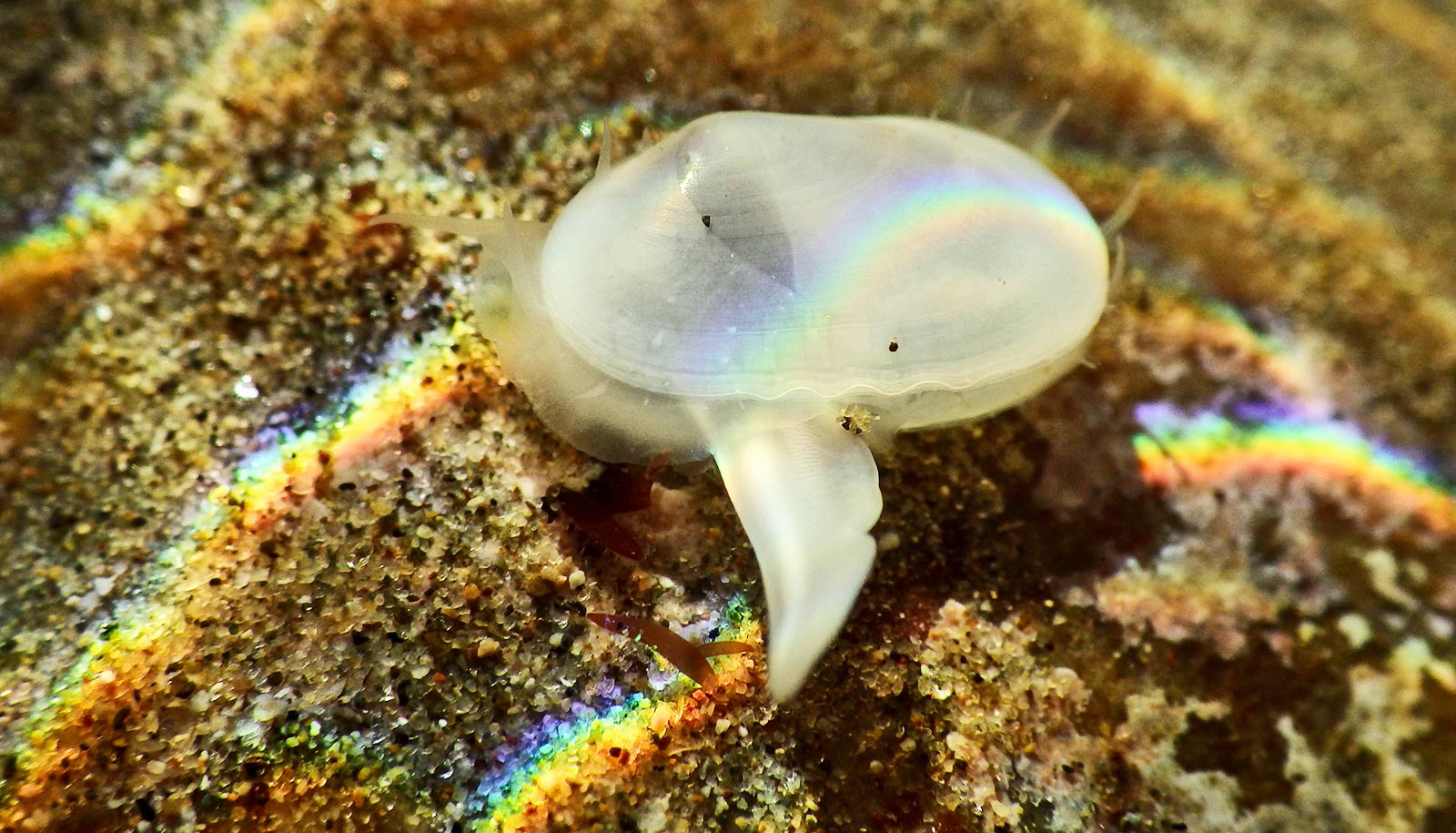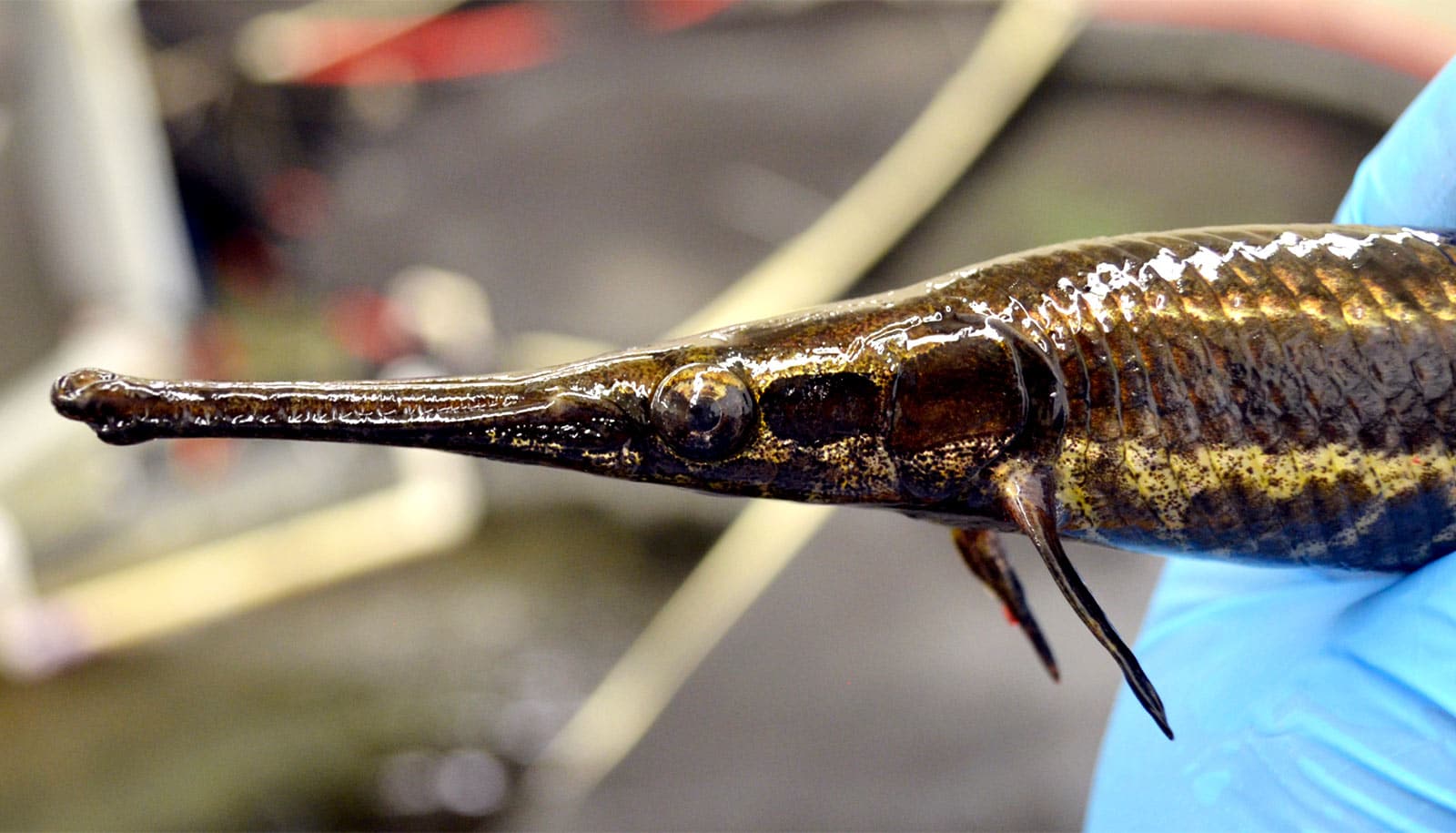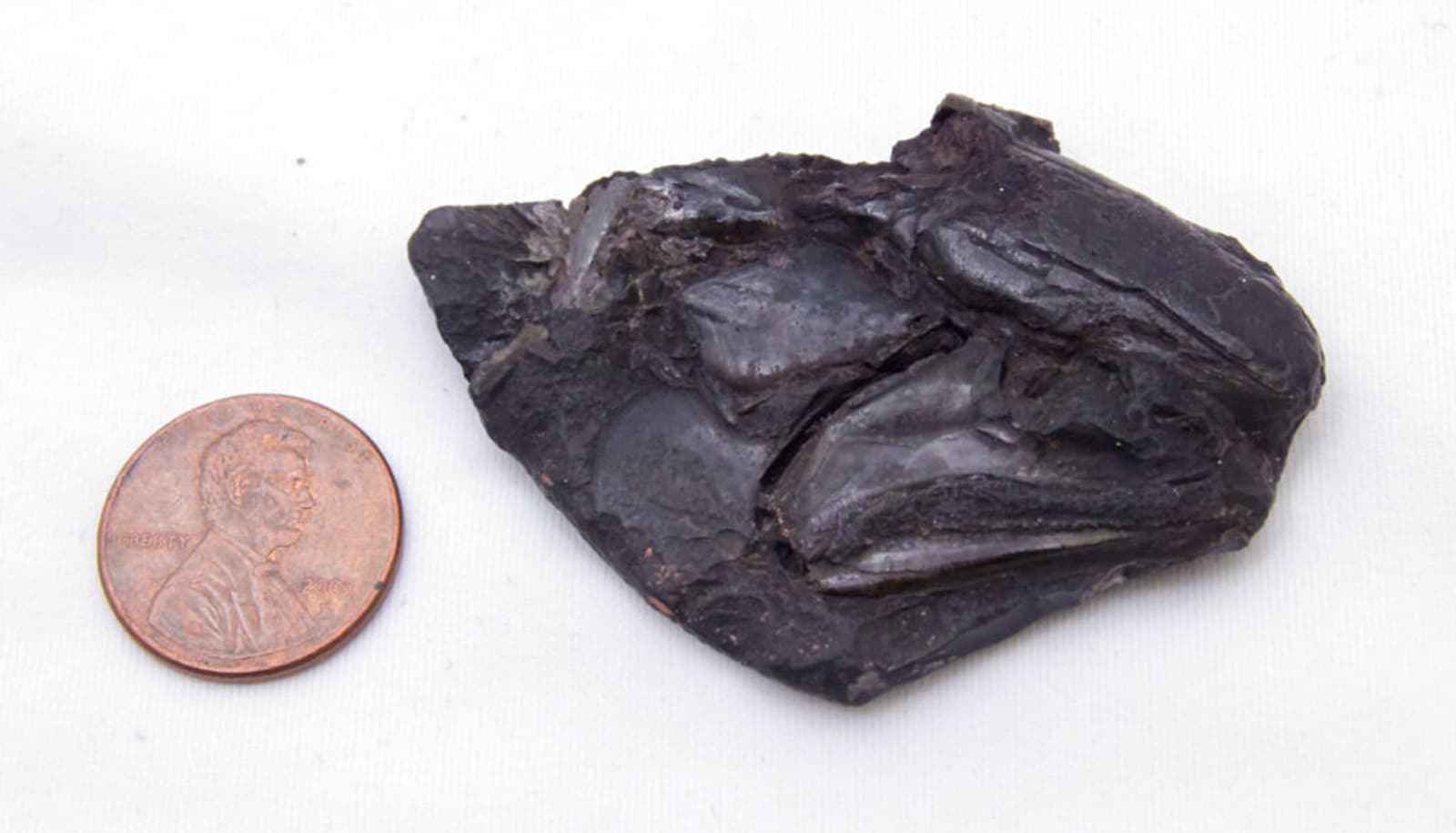In a new study, researchers provide the first evidence of a biological mechanism that explains how “living fossils” occur in nature.
In 1859, Charles Darwin coined the term “living fossils” to describe organisms that show little species diversity or physical differences from their ancestors in the fossil record.
The study, published in the journal Evolution, shows that gars—an ancient group of ray-finned fishes that fit the definition of a living fossil—have the slowest rate of molecular evolution among all jawed vertebrates, meaning their genome changes more slowly than those of other animals.
By linking this finding to the process of hybridization—when two different species produce viable offspring—of gar species in the wild that last shared common ancestry during the age of the dinosaurs, the researchers demonstrate that slow evolution rate of their genome drives their low species diversity.
The seven living gar species are nearly identical structurally to the earliest fossil gars from the Jurassic period about 150 million years ago.
“We show that gars’ slow rate of molecular evolution has stymied their rate of speciation,” says senior author Thomas J. Near, professor of ecology and evolutionary biology at Yale University. “Fundamentally, this is the first instance where science is showing that a lineage, through an intrinsic aspect of its biology, fits the criteria of living fossils.”
The researchers speculate that gars have an unusually strong DNA repair apparatus, allowing them to correct somatic and germline mutations—alterations to DNA that occur before and after conception—more efficiently than most other vertebrates.
If confirmed, these findings could have profound implications for human health, says Near, the oceanographic curator of ichthyology at the Yale Peabody Museum.
“Most cancers are somatic mutations that represent failures of an individual’s DNA repair mechanisms,” he says. “If further study proves that gar DNA repair mechanisms are extremely efficient, and discovers what makes them so, we could start thinking about potential applications to human health.”
The seven living gar species are nearly identical structurally to the earliest fossil gars from the Jurassic period about 150 million years ago. One of the two living major lineages of gars begin appearing in the fossil record as early as 100 million years ago, during the middle Cretaceous period.
In analyzing a dataset of 1,105 exons—the coding region of DNA—from a sample of 471 jawed vertebrate species, the researchers found that gars’ DNA consistently evolves up to three orders of magnitude more slowly than any other major group of vertebrates. (They also detected similarly slow rates among sturgeon and paddlefish, two other examples of living fossils, but have stronger data on gars.)
The researchers then demonstrated that the slow rate of molecular evolution is linked to slow rate of speciation in gars by analyzing examples of hybridization between two distinct gar species in the Brazos and Trinity River systems in Texas.
As the rates of genetic mutation increase, distinct species must share a younger common ancestry to reproduce, explains Chase D. Brownstein, a graduate student in Yale’s ecology and evolutionary biology department and the study’s co-lead author.
“The slower a species’ genome is mutating, the more likely it is that it will be able to interbreed with a separate species that it’s been genetically isolated from over a long stretch of time,” says Brownstein, who began working with Near on this research project as a Yale undergraduate.
The researchers found that the two species, alligator gar and longnose gar, which share a common ancestor from at least 100 million years ago, are still making viable and fertile hybrids. It is the oldest identified parental split among all animals, plants, and fungi that produce viable, fertile hybrids, beating the previous record holder—two fern species—by about 60 million years, according to the study.
The finding, combined with the overlapping morphology, or physical structures, of the hybrids and other gar species, indicates that gars’ slow rate of genetic mutation creates a barrier to both speciation and the evolution of new observable characteristics, the researchers say.
“Our paper shows that living fossils aren’t simply strange accidents of history but provide a fundamental demonstration of the evolutionary process in nature,” Brownstein says. “It shows that analyzing patterns in living fossils’ evolutionary history might have implications for our own story. It not only helps us better understand the planet’s biodiversity, but potentially could one day be applied to medical research and improve human health.”
Additional coauthors are from Yale, the University at Buffalo, the Chinese Academy of Sciences in Beijing, the University of Minnesota, and the University of Southern Mississippi.
Source: Yale University



